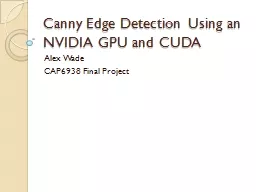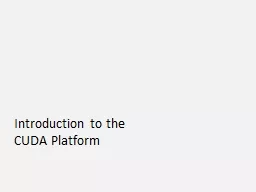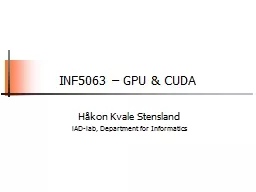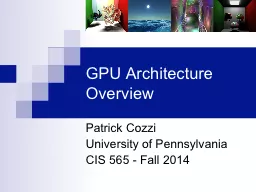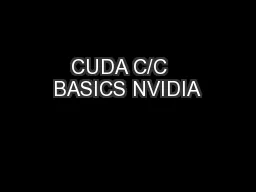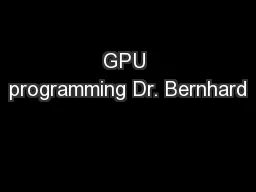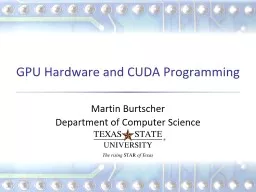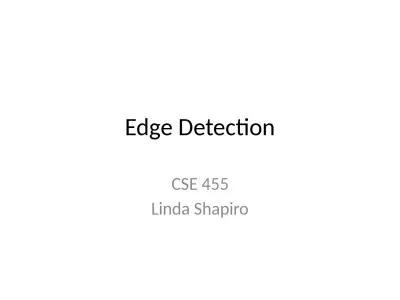PPT-Canny Edge Detection Using an NVIDIA GPU and CUDA
Author : phoebe-click | Published Date : 2015-11-03
Alex Wade CAP6938 Final Project Introduction GPU based implementation of A Computational Approach to Edge Detection by John Canny Paper presents an accurate localized
Presentation Embed Code
Download Presentation
Download Presentation The PPT/PDF document "Canny Edge Detection Using an NVIDIA GPU..." is the property of its rightful owner. Permission is granted to download and print the materials on this website for personal, non-commercial use only, and to display it on your personal computer provided you do not modify the materials and that you retain all copyright notices contained in the materials. By downloading content from our website, you accept the terms of this agreement.
Canny Edge Detection Using an NVIDIA GPU and CUDA: Transcript
Download Rules Of Document
"Canny Edge Detection Using an NVIDIA GPU and CUDA"The content belongs to its owner. You may download and print it for personal use, without modification, and keep all copyright notices. By downloading, you agree to these terms.
Related Documents

